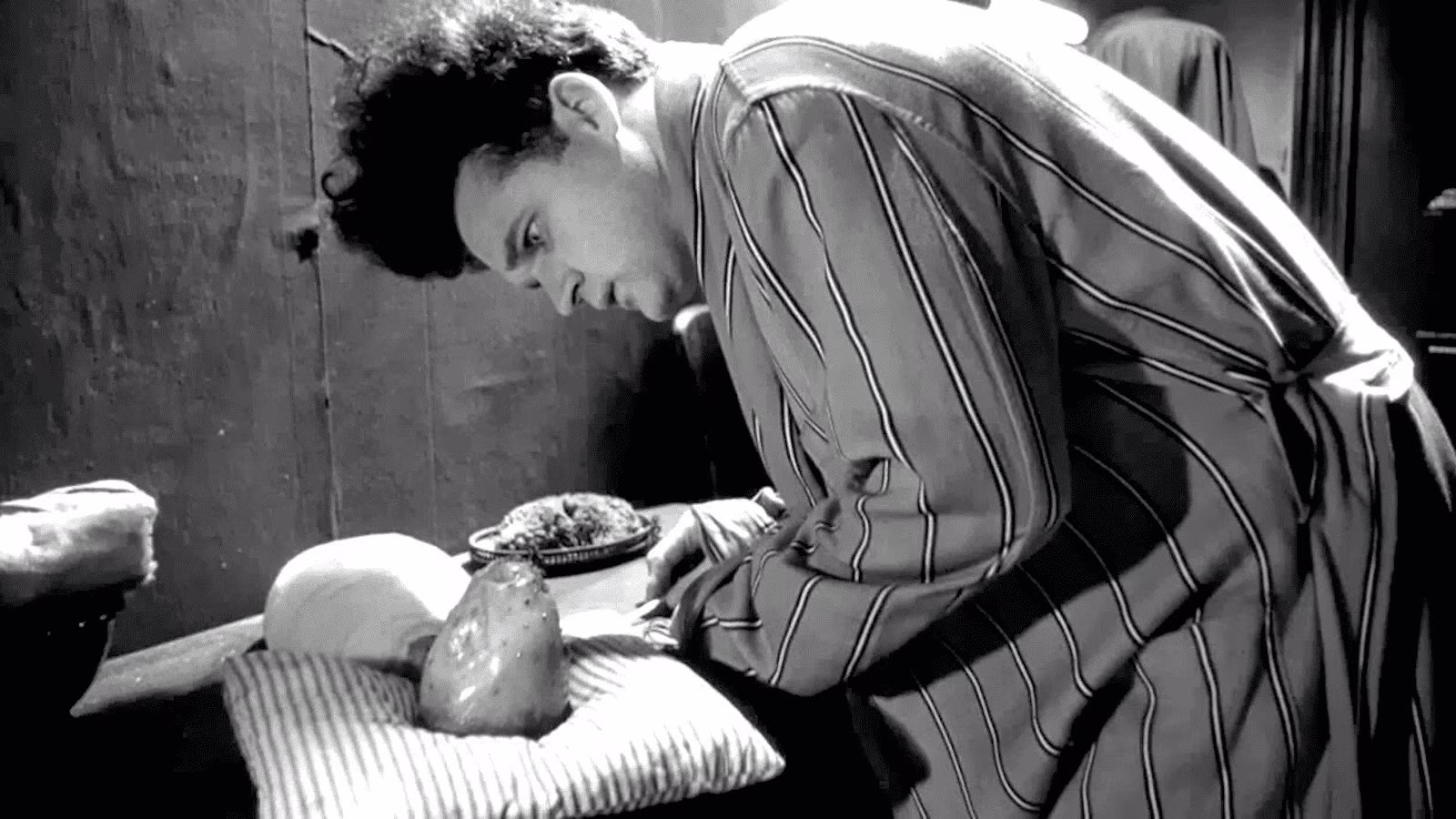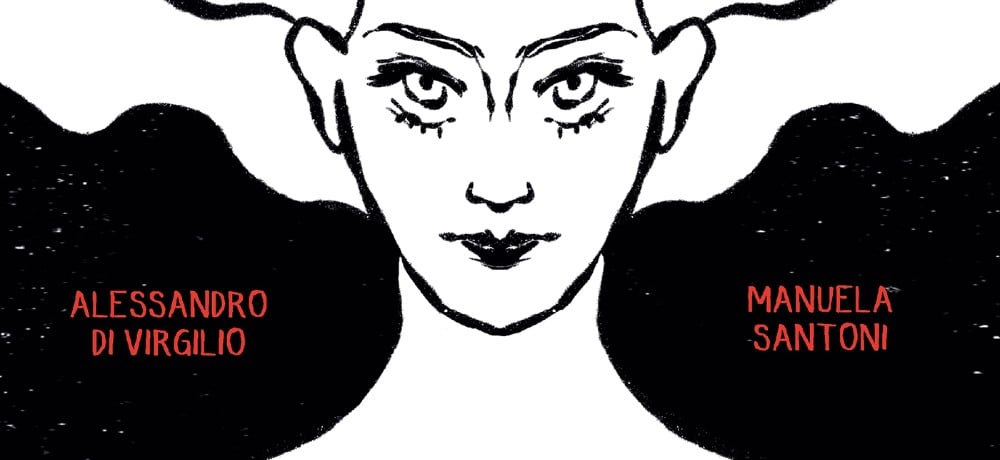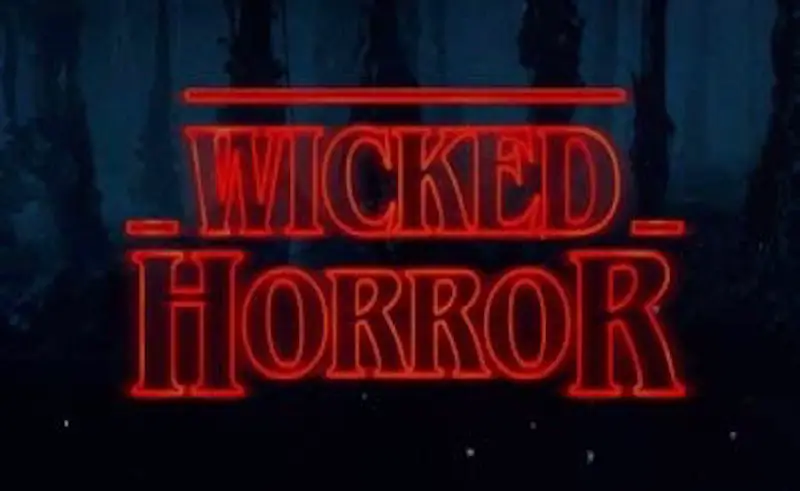‘The Tangi Virus’ Creator On The Beauty of Analog Horror
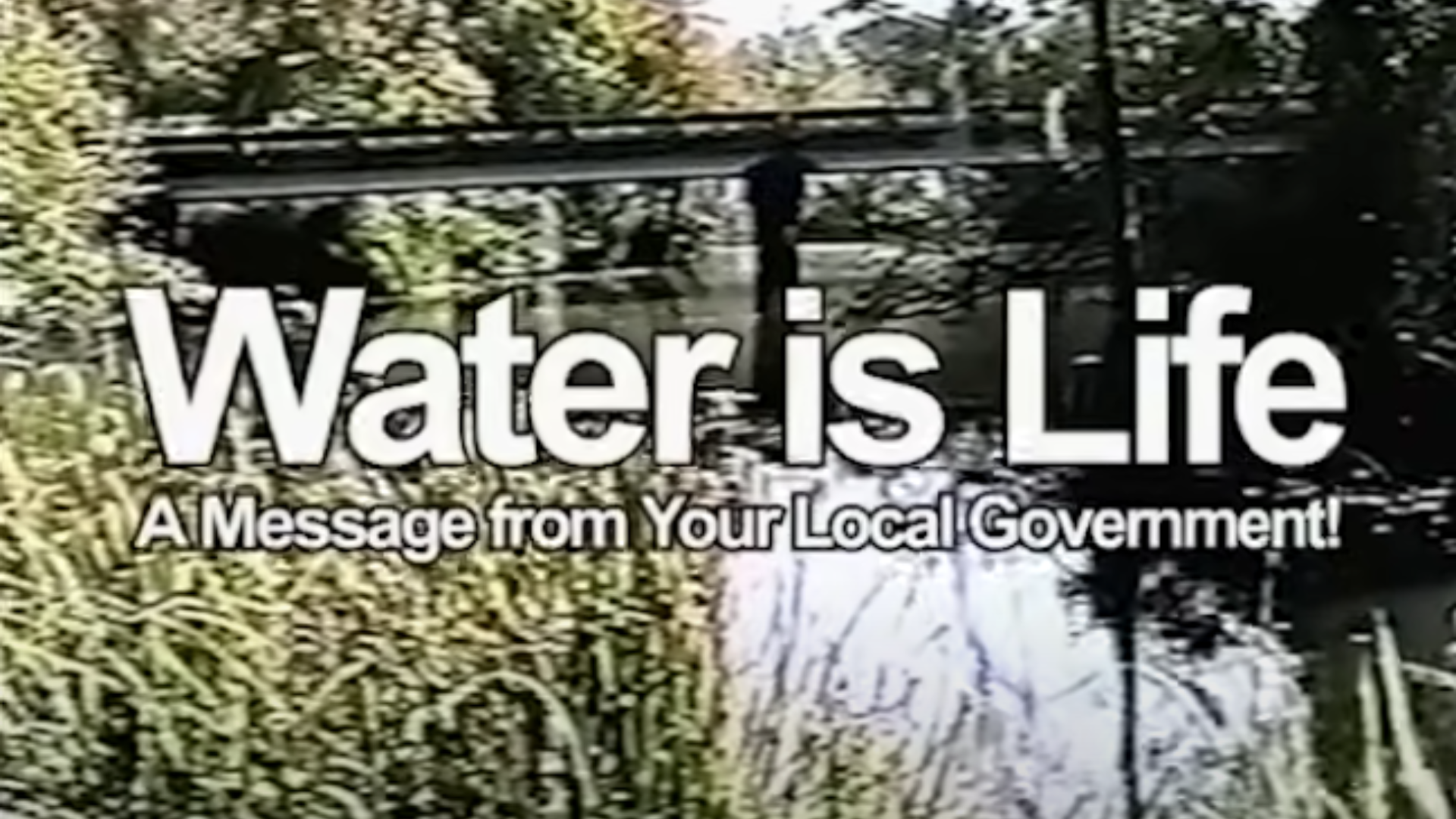
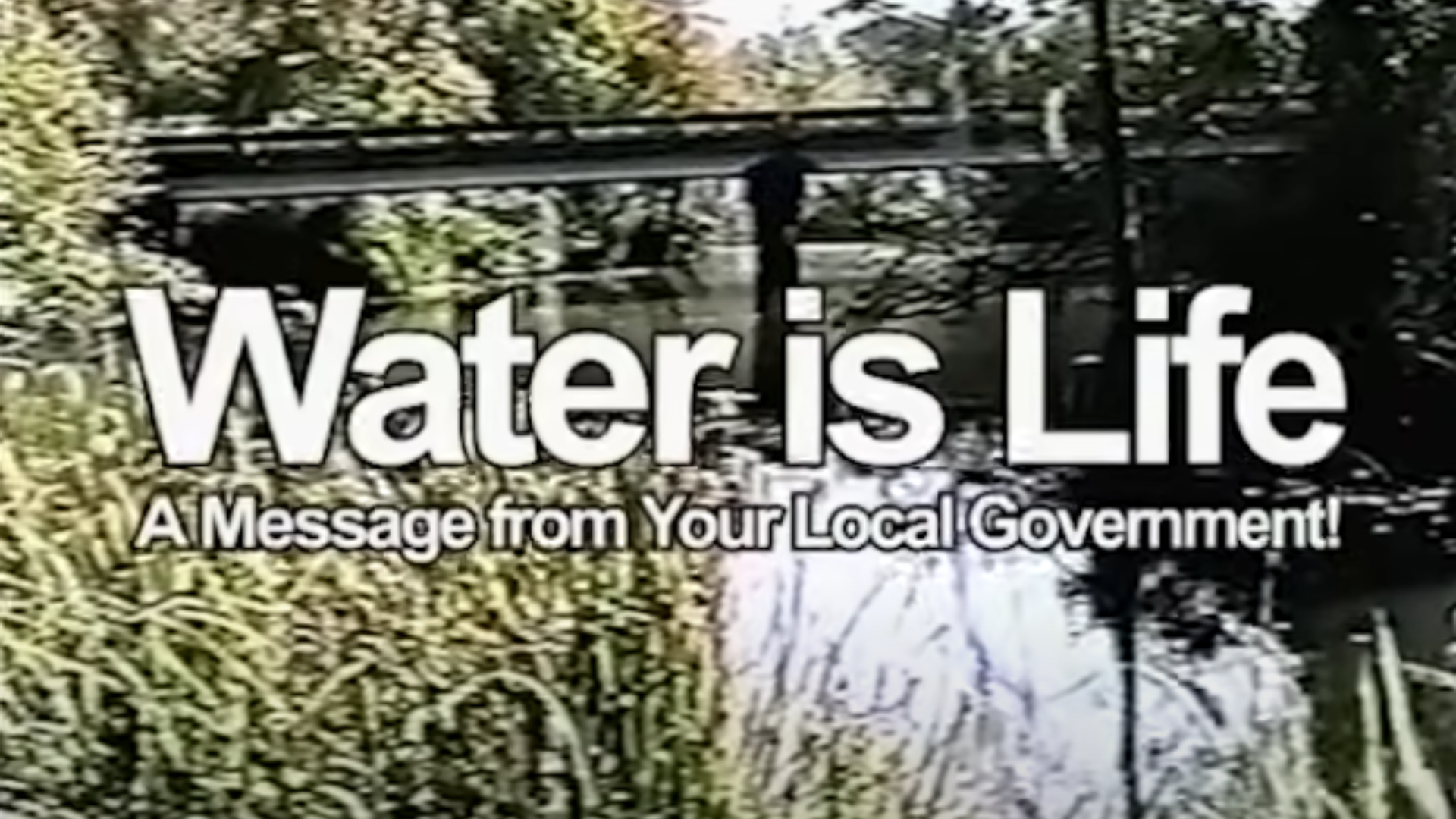
Analog horror is a relatively new phenomenon that’s popped up on YouTube and TikTok. While on paper it doesn’t seem like anything new—VHS tapes and other analog tape formats have been around for decades, after all—this type of analog horror is something of a paradox as it solely exists online. Emulating techniques from the past, creators are taking a zero-budget approach to horror storytelling that is just as effective as anything we’re seeing on the big screen. One such creator is Paul Catalanotto, the mind behind several popular analog horror series on his YouTube channel vintage eight, including The Tangi Virus and The Children Under The House.
We spoke with Catalanotto about his work in the analog horror world, why this subgenre is so scary, and the state of indie horror distribution.
Dread Central: I’m really stoked to talk to you today because you do a lot of analog horror, but The Tangi Virus is one of my personal favorites of the analog horror variety. But before we talk about specifically that and some of your other projects, what drew you to the format of analog horror?
Paul Catalanotto: So I’ve done horror movies before, I did a horror movie a few years ago called Sacrilege. It was on Redbox in 2017. It was about a music box that made you take your own life.
So I did that, and it didn’t do as well as I wanted it to do because we got pirated overseas. We were not able to get a distributor overseas because they were like, “Well, look, everybody’s got it.” When I did that, I wasn’t able to do my next movie that we had lined up, and I promise this all leads to why I did analog horror. So we kind of got derailed on our production. Our other investors backed out because the profits just weren’t big enough. We made our money back, but it wasn’t big enough. Then COVID obviously happened, but right before, I started actually teaching at LSU. I always tell students, “Hey, look, movies love money. They love them, but don’t let money stop you from making your movie.”
Well, I had a student call me out on that. He was like, “Well, what about you? All your stuff has budgets and you’re shooting all these commercials. People are paying you to be there. You’re shooting with all these nice cameras and stuff, and you’ve never done that.” And I was like, you know what? He’s right. First day on the job, and a student called me out. That’s just how it works. So I started writing a movie called The Thing Inside of Us, which was distributed through High Octane.
We shot that movie prior to Covid. We shot it that August and I decided I was going to make it as hard as possible. I did every single thing on that set. I shot, edited, directed, I held the camera, I held the boom. There was no crew on this movie. I have pictures to prove it. Now I realize I probably got a distribution because it was low inventory at the time. Nobody was making anything, and I made a disease movie. So High Octane picked it up and they remixed it for me, and the movie went back in the hole.
I made the movie for $256. That’s how much I made it for, literally coffee money. And the movie went back in the whole $15,000 because of production sound and all that.
I’ve never made any money from the movie because I had to get them to mix the movie, which it was fair. I have nothing bad to say about High Octane, but it was discouraging because I never made any money on a movie I spent $256 on. I was like, “How is that even possible?”. So it was funny because while researching that, I was looking at a review and I was bothered by the fact that nobody would talk about the fact that I made this movie for nothing. I would tell the critics, “Look, I made this for nothing,” but everybody compared it to whatever was out at the time. Then, I came across analog horror, like Local 58. I started watching this stuff and I was like, “Well, that’s why no one cares. There are people who are doing this online.”
When I say $256 is a big-budget analog horror movie, I mean, that’s like a blockbuster. So these people are doing things for less than nothing. They’re just regurgitating or finding found footage that’s outdated and making movies out of it. I was like, “Okay, well, this is where I need to be.” And I made “Boil Advisory”, which is a piece of The Tangi Virus, and I just went from there. I got a love for it, and now what I’m trying to do is just build a name through this genre to help me with other things that I’m doing.
DC: That’s awesome though. I’ve talked to a couple of people who have done analog horror and there are film students but then there are also seasoned filmmakers. So it’s a really interesting spectrum of who’s making analog horror. It’s cool to hear about your experience from a more traditional filmmaking background backing into analog horror, but also the importance of you recognizing how YouTube is such a really important place that you can distribute really cool horror stuff. That’s got to be a cool discovery for you as a horror filmmaker.
PC: Well, it’s interesting you say that, too. I have completely changed my viewpoint on what it is to be a filmmaker and what distribution means now. I come from the era when we would go rent horror movies at Blockbuster. That was my thing on Friday night. I’d go to the dustiest spot in Blockbuster, and I’d find the weirdest thing that I can get. To me, that went away when Blockbuster went away, and I’ve been hoping and searching for that ever since because it didn’t really come back with Redbox. I love Shudder, I love Screambox. I’m subscribed to every one of them, but at the end of the day, it’s not the weird stuff that we were getting when Blockbuster with those direct-to-DVD movies.
So what I have found is this is where it’s at. This is also where future filmmakers need to be at. If you are not Jason Blum or somebody connected to that, you really need to be out there building an audience on YouTube.
DC: Yeah. It’s kind of a bummer a little bit.
PC: It is, but it’s not really people’s fault. There’s too much out there now. One of the reasons why I was able to get pirated, was because no one knew who I was at the time. So I didn’t have a chance to build on it. The point is, that you need to already have a name. You already need to be working on it and branding yourself. I still teach at LSU part-time, and I am constantly preaching to my students, “You need to have people know who you are. If you want to make horror movies, you better start making ’em right now because the kid at USC is doing it and they’re putting it online. They’re getting people knowing who they are, and they’re going to leverage their fan base.”
DC: Yeah. So with The Tangi Virus, you said Boil Advisory was obviously the starting point. So where did the idea for the whole series come from?
PC: Basically people online made me do it. That’s really where it came from. When I made “Boil Advisory”, I figured it would be something that I would just do as a one-off. So after I did “Boil Advisory”, I didn’t really have any plans, and then I started getting other ideas. Then people would start chiming in like, “Hey, is this related to ‘Boil Advisory’?” Well, then originally it wasn’t, but I guess it is now.
They would just continually fill up the messages with “How is it related? What is this?” The reason they’re interested in this is they want to see how this relates, and how it fits into the larger universe. So now anytime I release anything, have a whole timeline and everything just so I don’t mess up.
DC: They’ll call you out.
PC: Yeah, I will get called out immediately. Immediately. No one will keep you as honest as somebody on the internet. I’ve been called out quite a few times, especially when I misspell something.
I actually started misspelling things on purpose because it filled up comments in The Children Under The House. It pissed them off to no end that I called her Maya, not Mia, and I did it on purpose. Now, I’m not going to lie, I do know a Maya who spells her name MIA, but I did it because I knew everyone would comment on it and it would help the algorithm. And let me tell you, they bit right into it. They commented, “This is Mia, not Maya.” Got dozens of comments, hundreds of comments.
DC: Thank you for playing into exactly what I wanted to do.
PC: Thank you for helping the algorithm.
DC: How do you define analog horror? What is analog horror to you?
PC: To me, I feel that in itself is kind of a bad title to me. This is all internet horror. I guess there’s something to do with VHS tapes being scary, but analog horror to me is a division of internet horror, which is also a division to me of experimental horror. I think a lot of this stuff is very experimental. A lot of it is just like PowerPoint presentations.
The hard question, to say the least, is the what is analog horror? Because now you’re starting to see people start to say, “Well, this is digital horror if it happens at a certain period.” So I guess the simplest thing is it’s anything that would’ve been found on an old tape or broadcast signal that would happen pre-2000s. I guess that would be anything that we found on analog medium, but it also has to have an experimental outrageous twist to it.
DC: Yeah, I like that definition.
PC: But that’s really what drew me to it, because it almost seemed at the time, “Well, how cheap can you go and be scary?”
DC: Then you’ve also done The Children Under The House. What inspired that one? You a lot of it through children’s drawings. Did a child draw them? What is the process behind producing this one in particular?
PC: So I can’t draw to save my life and my lack of artistic talent paid off on that one. So yes, I drew all those drawings. I actually had that idea in film school, and I actually pitched my professors on letting me do it, and they said, “Hell no.” They wanted me to use a camera. I get it. I just had an idea of doing a ghost story with children’s drawings and just tell the whole thing like that. Prior to horror movies, I’ve made a lot of documentaries. That’s kind of where I’ve made my living, with documentaries and music videos. And so I’ve always had that idea in the back of my head.
I ended up doing some work for DCFS in Louisiana with children and children who had been misplaced. So there are stories I can’t share, but I had to record them to use in office settings for training, and I heard some horrible things, just horrible things, and it stuck with me. It really did. And it stuck with me in such a way to where I had to make something where the bad guys suffered.
DC: It helped you process maybe a little bit of that experience.
PC: Yeah. So the story itself is not literally true, but what the actions were. When I say the only things that are true about it would be the heroin aspect of it, and that children being trafficked, and then I fictionalized everything else. But yeah, it was like a demon I had to exorcise it, to be point blank. I have two daughters of my own, so I had a hard time getting rid of it. It was just something that was in the back of my mind and was really heavy on my heart. I mean, I was talking to a buddy of mine about it, and I just told him about the idea and he encouraged me to do it, and I did.
I tried to pitch this to the Guinness Book of World Records as the cheapest movie ever made. But they discontinued the category. I was disappointed because I was like, “This is literally ink and paper. That’s all I did.”
DC: Do you just use Premiere to edit?
PC: I did. All it is is a scanner. I drew ’em and scanned the images. My wife is Dr. Lou, and that’s my daughter at the end who says they’re free now. So it’s a whole family project. I’m actually turning into a comic book now and making it more from Jessica’s point of view.
DC: You have another comic, right? Can you tell me more about that before we wrap up?
PC: I got a comic book called Edie, which is a modern retelling of The Blob. Instead of a mindless eating machine, The Blob is a 16-year-old girl. I had a hard time getting it published because what happens is this girl is assaulted by her crush, and she tells people, but they don’t believe her. She gets infected by the monster when she’s escaping her crush, but what happens is to keep her shape, she consumes people like The Blob. So she touches you, you melt and you get absorbed into her. The other thing is though you don’t completely die, you become a part of her. So everything she sees or you have seen becomes part of her. So when people don’t believe her, or the fact that people didn’t believe her, now when she consumes them, she can literally show them point blank or truth.
Categorized:Interviews


